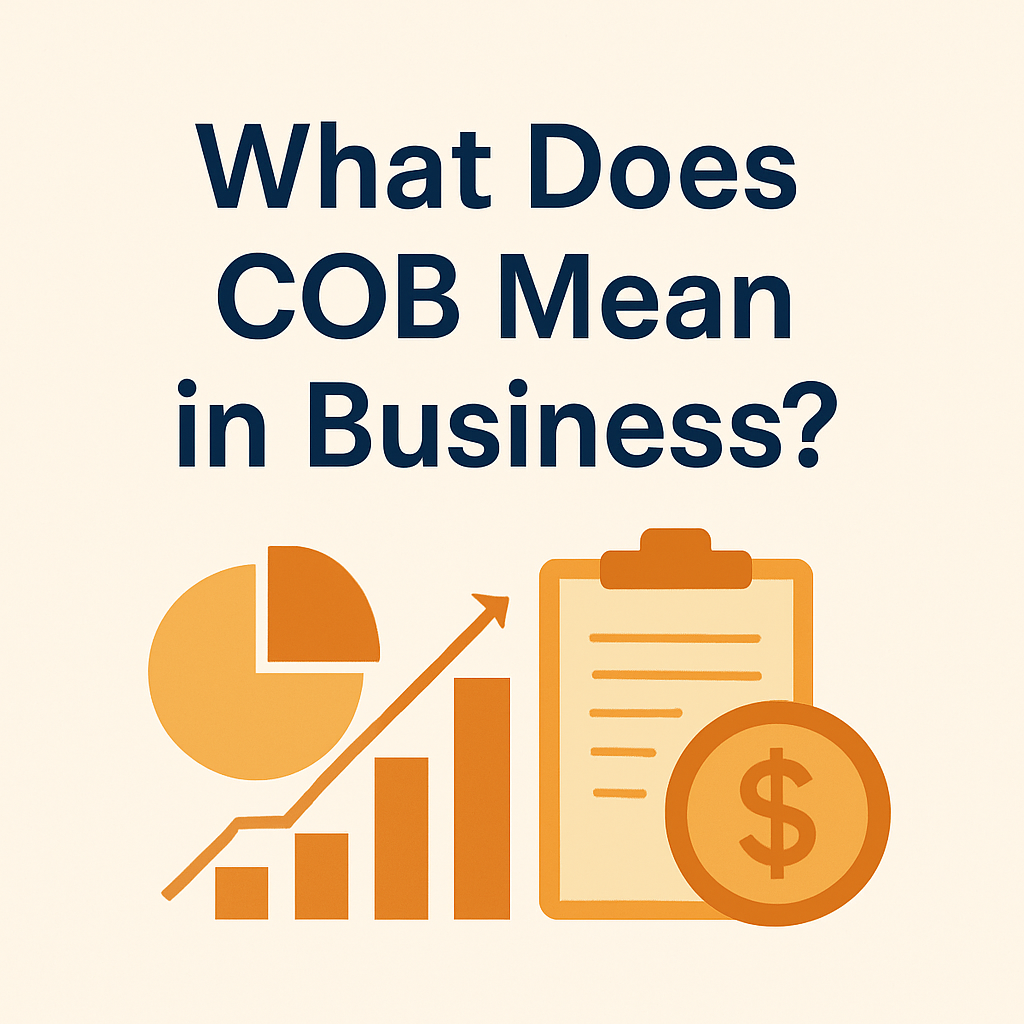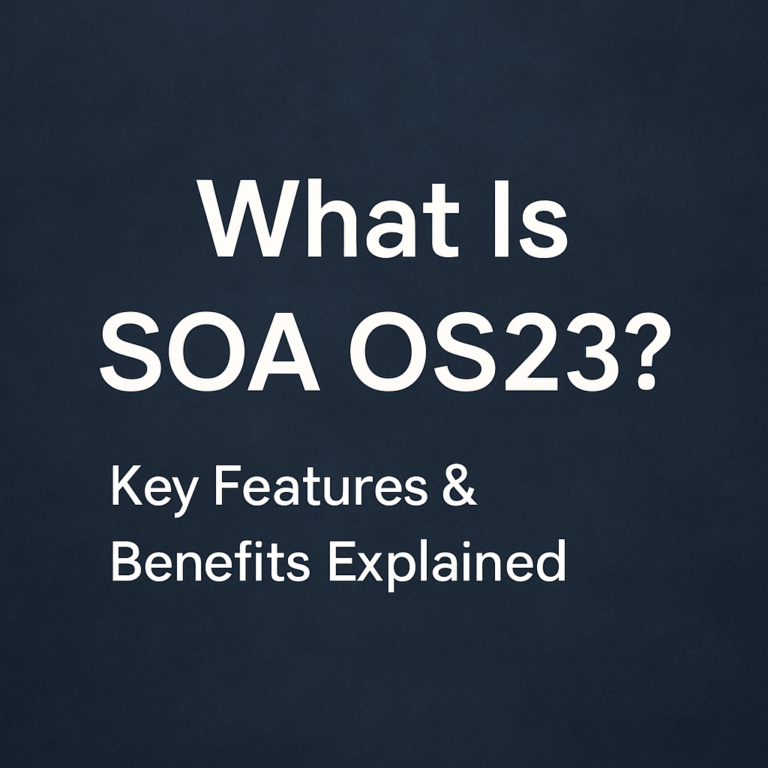
Introduction
If you’ve ever received an email or project request with the term “COB” and wondered, “What does COB mean in business?”, you’re not alone. COB stands for “Close of Business”—a common corporate term used to set deadlines, usually referring to the end of the standard workday (typically 5:00 PM or 6:00 PM local time). This article explains the meaning of COB, how businesses use it, and why it’s important for meeting deadlines efficiently.
Definition of COB in Business
COB (Close of Business) refers to the time when a company’s operational day ends. It is often used to set deadlines for tasks, emails, or reports.
Key Characteristics of COB:
✔ Typically 5:00 PM or 6:00 PM in the company’s local time zone.
✔ Used to define work-related deadlines (e.g., “Submit the report by COB today.”).
✔ Helps synchronize workflow across teams and departments.
COB vs. EOD: What’s the Difference?
Many people confuse COB (Close of Business) with EOD (End of Day). While similar, they have slight differences:
| Term | Meaning | Usage |
|---|---|---|
| COB | Close of Business (when the workday officially ends) | Used in corporate settings for deadlines tied to business hours. |
| EOD | End of Day (before midnight) | More flexible, often used for tasks that can be completed outside standard hours. |
Example:
- “Send the draft by COB Friday.” → Expected before the office closes.
- “Submit the form by EOD Friday.” → Can be submitted late evening.
Why Is COB Important in Business?
COB helps maintain efficiency in workplaces by:
✅ Setting Clear Deadlines – Avoids confusion on when tasks are due.
✅ Improving Workflow Coordination – Ensures teams align on timelines.
✅ Enhancing Accountability – Employees know exactly when deliverables are expected.
Industries That Frequently Use COB
- Finance & Banking (Market close, transaction deadlines)
- Corporate Offices (Project management, reporting)
- Healthcare (Shift handovers, patient records)
How to Use COB Correctly in Communication
To prevent misunderstandings, follow these best practices:
✔ Specify the Time Zone – “COB (5:00 PM EST).”
✔ Confirm with Recipients – If working with global teams, clarify time differences.
✔ Use Alternatives if Needed – For flexibility, say “EOD” instead.
Example Email:
“Please review the contract and send your feedback by COB (6:00 PM GMT) tomorrow.”
Common Misinterpretations of COB
Some employees mistake COB for:
❌ “Beginning of Business” (BOB) → Incorrect, COB is the end of the workday.
❌ Same as EOD → While close, EOD can extend beyond office hours.
Pro Tip: Always double-check deadlines if unsure!
Conclusion
So, what does COB mean in business? It stands for “Close of Business”—a key term used to set work deadlines, typically by the end of the standard business day (5:00 PM or 6:00 PM). Understanding COB vs. EOD and using it correctly ensures smoother workflow and communication in corporate environments.



